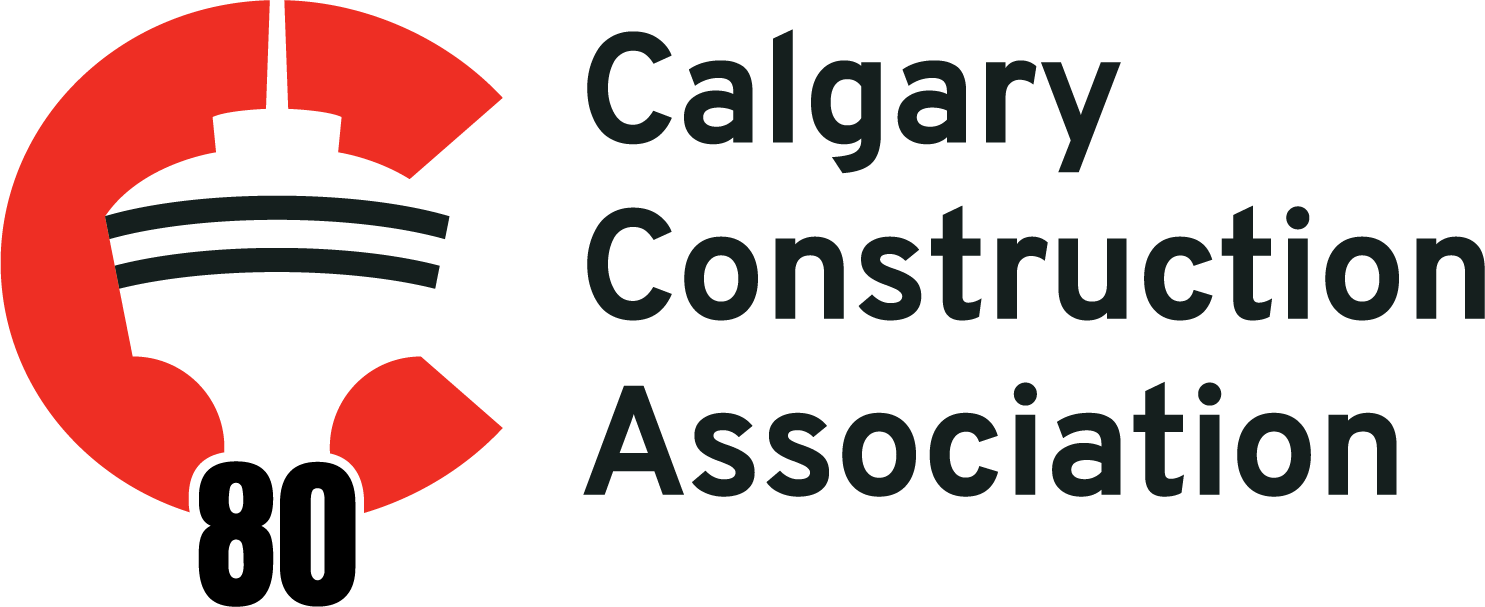Three tips to keep your business insurance effective

Three tips to keep your business insurance effective
It’s a well-known adage that the worst time to review your insurance policy is when you need it. Here are three tips to make sure your coverage – and your premiums – perform the best for you now, during and after an event.
Tip #1: Review your existing insurance policy
The biggest step you can take to reduce your losses and get back to business after an interruption is to have an up-to-date insurance policy. It is important to get help analyzing your coverage for specific loss scenarios, review limits and co-insurance amounts, and gain clarity on terms and times.
Although policy wordings differ between insurers, business interruption coverage typically covers short-term financial losses (typically 12 months) arising from the interruption of a company’s operation from covered events. Coverage can extend to include lack of access to a premises and interruptions in the supply of goods or services – critical issues that reared their head during the pandemic.
Like all coverages, business interruption policies are subject to typical exclusions, such as business losses due to strikes, break or lapse of leases, contract penalties, etc. Understanding the full scope of the business interruption insurance that is in place is key to executing an effective loss strategy and business interruption analysis.
As well, check to see if your policy covers professional fees for claims preparation.
Tip #2: Make sure your insurance values are still relevant
A common thought is the COVID pandemic will increase insurance premiums. Depending on your business, they might. But closures, a drop in sales and reduced profits also might have resulted in reduced insurance values, which in turn could see your premiums decrease. Alternatively, due to the hard insurance market, your insurance company may not offer the same levels of coverage required for your business.
Insurance premium calculations are influenced by business interruption insurance values — and loss-based coverage rests on them. It’s possible your business is currently paying insurance premiums to protect a revenue stream that simply does not exist anymore. And, if your insurance values reduce, your policy premium will reduce as well.
Confirm your insurance values with a claims professional and conduct a maximum probable loss study. The current crisis should encourage organizations to review their insurance values and evaluate the impacts to your employees, customers and ultimately your business outlook. Key factors to consider include industry trends, consumer demands, pricing and supply chain issues.
Tip #3 Consider cyber insurance
Cyber attacks on corporations and individuals are growing in number and in variety every day, but many businesses are unaware they can and should invest in a cyber insurance policy. Connect with a trusted cyber security advisor to assess your exposure, identify risks and strategies to reduce them. It is no longer a matter of if, but when a business will be targeted by cyber criminals. If you have a cyber policy, consider an independent cyber review to assess what your coverage does and does not cover.
Be prepared, not sorry
Knowing what’s included – and what’s excluded – from your insurance coverage, along with regular reviews can help mitigate legal claims and get your business back on track sooner. A key team of people who understand both the business and the coverage can speed an effective recovery. Take time to identify team members in advance of any loss who understand both the business and insurance coverage and ensure team-wide communications practices are established – then assign and communicate tasks to your team members.
Find out more details with our article, Make your business interruption policy work for you, or contact Craig Burkart, National Leader Insurance Advisory, at 403.536.5533 or
craig.burkart@mnp.ca




